Tour GuidesGuides
Private ToursTours
Private Car ToursCars
Virtual ToursVirtual
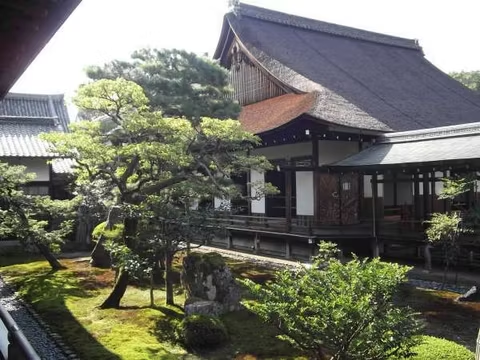
Tour of Daikaku-ji Temple
Kyoto
3 hours
(History of the temple) This temple is the "Sohonzan" head temple of the Daikakuji faction of Shingonsyu Buddhism sect founded by the Reverend Kobo-daishi Kukai. It was originally built as the villa of Emperor Saga when he got married in early Heian period (794 to 1191) and was later enlarged and given the name Daikaku-ji Temple in 876. It is also the place where "Ikebana" flower arrangement began and the location of Samurai dramas and other modern dramas. (Highlights) There are a total of eight buildings, a ceiling painting, a large pond and others in the spacious precincts which are built with all sorts of Japanese construction technique and are a pleasure to your eyes. (How to enjoy) Just walk inside the buildings according to the instructions. You can get in touch with the serene but refined environment and the traditional Japanese culture. (Others) The entrance fee is 500 yen and the JR fare is 240 yen from Kyoto station.
FROM$107/ per group
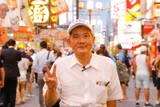
Tatsuhiro N.
4.56 / 5
(62 reviews)
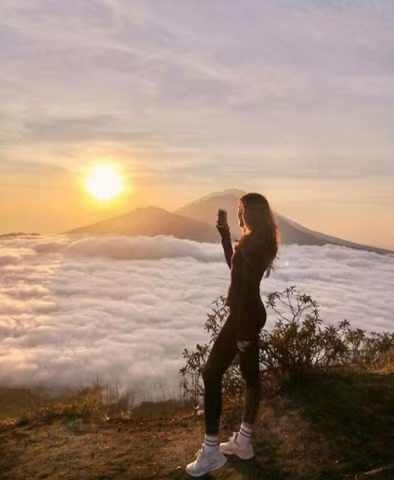
Mount Batur Sunrise Trekking with Breakfast Atop
Bali
12 hours
Mount Batur Sunrise Trekking with Breakfast Atop, has been one of the highlights of a tourist trip to Bali. Mount Batur Sunrise Trekking is one of our most popular tours, especially for adventure activities in Bali. one of the holiest mountains in Bali, Mount Batur offers incredible views, Sunrise exploding into the skyline, the beauty of the caldera and Lake Batur, making this tourist destination more and more crowded with tourists, the journey will start at 02:00AM (hotel pick up).
FROM$120/ per group

Jero D.
5.00 / 5
(2 reviews)
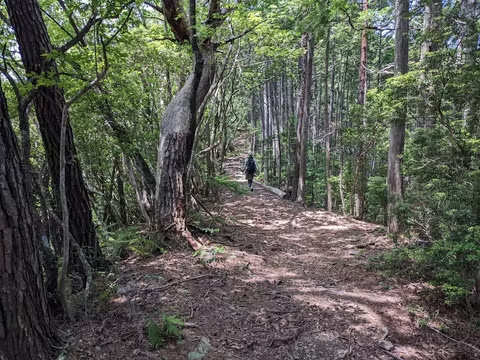
Overnight trip to Kumano Kodo and Kumano Hongu Taisha
Kumano
2 days
On this tour, we will visit Kumano Hongu to walk the Kumano Kodo and to pray at Kumano Hongu Taisha. On the first day, we will visit Kumano Hongu Taisha which is one of the Three Shrines in Kumano and its former site Oyunohara. We will stay overnight at a peaceful hot spring resort which is just next to a beautiful river. This hotel’s main feature is the hot spring on the river bed. On the second day, we will walk to final part of the Kumano Kodo for 3 hours to Kumano Hongu Taisha.
FROM$843/ per group
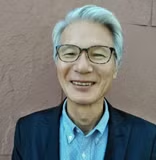
Hiroyuki T.
4.97 / 5
(166 reviews)
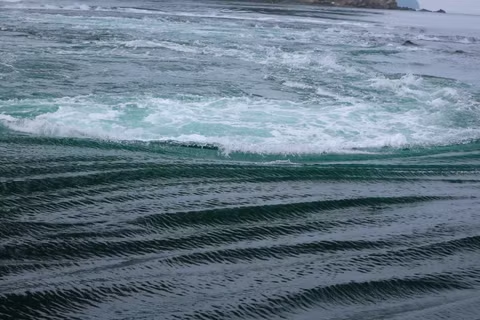
NARUTO WHIRLPOOL and OTSUKA MUSEUM of ART
Kobe
10 hours
I guarantee you enjoy the nature and artworks. Naruto whirlpool is one of the three major whirlpools in the world. Please take a look at my blog "NARUTO WHIRLPOOL with VIDEO" In Otsuka Museum of Art, you can see ceramic reproductions of famous artworks. The most magnificent one is Sistine Hall in Vatican with "The Last Judgement" by Michelangelo. All the paintings are reproduced porcelain panel paintings in the original size and space. Don't miss it!
FROM$298/ per group
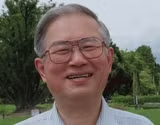
Hideo Y.
4.61 / 5
(183 reviews)
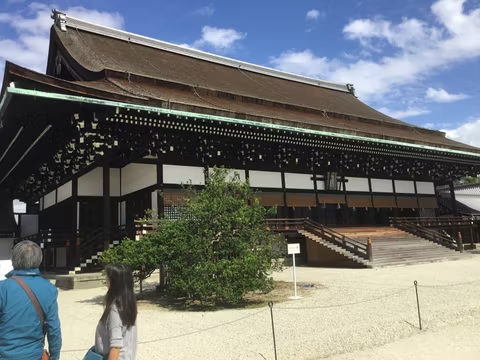
Kyoto Day Trip Tour from Tokyo (Case3)
Tokyo
11 hours 30 min
This tour includes central area of Kyoto such as Imperial Palace, Nijo castle and Gion street, where you can enjoy traditional Palace, historical castle and traditional town atmosphere.
FROM$351/ per group
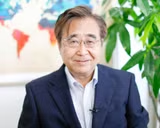
Kashima H.
4.68 / 5
(79 reviews)
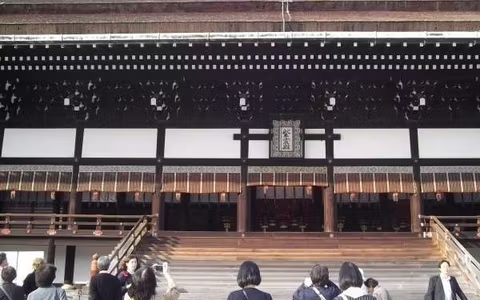
Tour of Kyoto-Gosyo Imperial Palace
Kyoto
2 hours 30 min
(Highlights) Kyoto-Gosyo Imperial Palace has been the residence of Japan`s successive emperors ever since her capital was moved to Kyoto more than 1,200 years ago. It is surrounded by a huge rectangular earthen fence 450 meters north to south by 250 meters east to west and the area is 110,000 square meters. In the compound, there are many magnificent structures that will make you sigh, all of which stand in perfect harmony toward each other and are the combination of all the traditional forms of Japanese architectural technique. The present palace, however, is the reconstruction of the original structures that was carried out toward the end of the Edo period (1603-1867). (How to enjoy) A guide will take you on a tour around the palace buildings. Have a look at them and you will marvel at the traditional Japanese construction technique. You can also enjoy seeing the trees, a pond, gardens and other natural surroundings in the palace grounds. (Others) Reservation is necessary before you visit the place except during the brief period of spring and autumun. It can be done through a return card, online or in person. If you visit the palace administration office by yourself, you can get the permission for the entry on the next day, but if you make a request for a visit online, you have to wait at least four days, and in case of a return card, a month. The subway fare from JR Kyoto station is 260 yen way.
FROM$107/ per group

Tatsuhiro N.
4.56 / 5
(62 reviews)

Mt. Koya and Women's Pilgrimage Route
Mount Koya
6 hours 30 min
Buddhism sacred mountain Mt. Koya was forbidden to women until the 19th century. Women were not allowed to enter the sacred place. Even so, women headed for Mt. Koya, walked the pilgrimage route, and finally walked the Women's Pilgrimage Routes to come closer. On this tour, we will walk a part the Women’s Pilgrimage Routes that still remain there, followed by visits to the Danjo Garan Temple Complex, Honzan Headquarters and the Inner Sanctuary Okunoin.
FROM$316/ per group

Hiroyuki T.
4.97 / 5
(166 reviews)

Osaka Skyscraper: ABENO HARUKAS
Osaka
4 hours
ABENO HARUKAS building has just opened on March 7th, 2014. It's the tallest building in Japan with a height of 300 meters, exceeding even the Yokohama Landmark Tower by 4 meters. The Abeno and the Ten-noji area is the commercial center and transportation hub of Southern Osaka. Abeno Harukas has an observatory deck on the 59th and 60th floor, "Tenku Teien" or Sky Garden on the 58th floor and an observatory restaurant on the 57th floor. The Osaka Marriott Miyako Hotel is on the 19th, the 20th floor, and also from the 38th to the 55th floor. Offices are on the 21st to the 37th floor. There's a museum on the 16th floor and the Kintetsu Department Store covers everything from the 14th floor down to the B2 level. In particular, the 360 degree panoramic view of Osaka city from the top floor is a picturesque night scene because there aren't any high buildings around the ABENO HARUKAS. Inside the Kintetsu Department Store you will find many luxury brand boutiques, shops and restaurants. I'm sure you'll enjoy shopping and eating there. There are also many restaurants at Q's mall, Mio, or Tennoji Station Building, which are buildings around the ABENO HARUKAS. Why don't you enjoy the magnificent view of Osaka from Osaka's newest skyscraper?
FROM$140/ per group

Hideo Y.
4.61 / 5
(183 reviews)
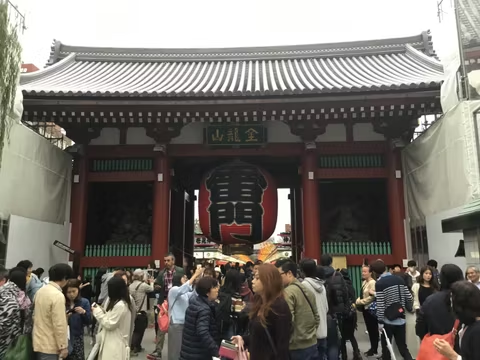
Tokyo Half-day Tour for Must-see Historical Spots
Tokyo
4 hours 30 min
This tour is for your understanding of deep Japanese historical knowledge including Samurai & Emperor, detail religion back ground of both Shinto & Buddhism by our detail conversation with visiting must see spots such as Imperial palace, Asakusa Sensoji temple. I will explain the detail historical stories which you can not easily find on general Website. This tour does not include lunch, This tour can not be held on every Monday & Friday due to Imperial Palace closed,
FROM$140/ per group

Kashima H.
4.68 / 5
(79 reviews)

Tour of Nishi-Honganji Temple
Kyoto
2 hours
(History of the Temple) Designated as the UNESCO World Cultural Heritage Site in 1994, Nishi-Honganji Temple is the mother temple and headquarters of the Honganji faction of Jodo (Pure Land) Shinsyu sect of Buddhism. The Jodo-Shinsyu teaching was established by the Reverend Shinran-shonin (1173-1263) in the Kamakura period. He underwent austere trainings and hardships in various parts of the country before returning to Kyoto to complete his work, "kyogyoshinsho", or The True teaching, Practice and Realization of the Pure Land Way on Buddhism. After his demise, his daughter erected a mausoleum at Higashiyama, Kyoto, which became the foundation of Nishi-Honganji Temple today. In the 16th century, it was moved to and re-established at the present location. (Teachings of the sect) Followers of this sect will be reborn in the Pure Land and attain Enlightenment. They will be able to live lives to the fullest, become aware of both potentials and limitations in this world, overcome difficulties and realize happiness within their lifetime. ( What you can see in the temple) There are many structures in the precincts, many of which have the status of National Treasures and Important Cultural Properties of Japan. They are:" Amidado" (Hall of "Amida" Buddha, built in 1760), ""Goeido" (Founder`s Hall, completed in 1636), "Karamon" Gate, Shoin Hall, "Hiunkaku" House (believed to be part of Jurakudai Palace built by a ruler of Japan, Toyotomi Hideyoshi) and others. There is also a 400-year-old huge ginkgo tree called the "upside-down ginkgo tree", because it looks as if its roots were spread into the sky. ( How to enjoy) Walk around the entire compound of the temple, have a look at all of the magnificent structures and trees and imagine the power of Buddhism. You will learn the meaning of life. All that you see will deeply impress you and remain in your memory. You can pray for the peace of mind before the image of the Reverend Shinran-shonin in the Buddhist altar inside the halls sitting straight on your legs, or relax sitting on the wooden-floored corridors. (Others) There is no entrance fee, but you are supposed to offer whatever amount of monetary donations to the temple to express your appreciation. The bus fare is 230 yen.
FROM$72/ per group

Tatsuhiro N.
4.56 / 5
(62 reviews)

The Visit to the Memorial Spots in Summer War of Osaka
Osaka
8 hours
I would like to introduce to you the temple town in the south of Osaka. The town is mixed with old-fashioned and modern Osaka. I take you to the the memorial spots in the summer war of Osaka between Toyotomi and Tokugawa during Warry States Period.
FROM$298/ per group

Hideo Y.
4.61 / 5
(183 reviews)
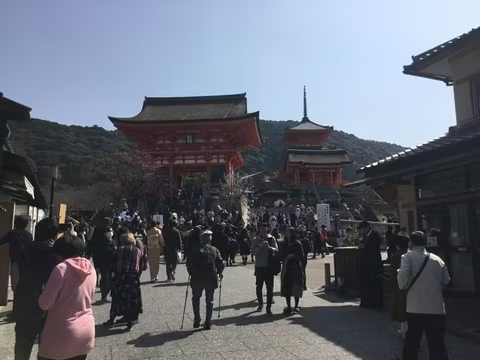
Kyoto Day Trip Tour from Tokyo (Case2)
Tokyo
11 hours 30 min
This tour includes mainly eastern area of Kyoto such as Kiyomizu temple, Ninenzaka-slope with watching Five stories pagoda of Hokanji temple, Ginkakuji temple, and south area as Fushimiinari shrine.
FROM$351/ per group

Kashima H.
4.68 / 5
(79 reviews)

Tour of Adashino-nenbutsu-ji Temple
Kyoto
4 hours
(History of the temple) According to what has been told by temple priests, the Reverend Kobo-daishi established a temple in this area and buried the remains of the deceased scattered around some 1,200 years ago. Afterwards, the temple was made the training hall for the Reverend Honen and now it belongs to the Jodo (Pure Land) - Shinsyu sect of Buddhism. In the middle of the Meiji period (1868 to 1911), the monuments of the dead, which had remained unattended for many hundred years, were collected and re-arranged by local volunteers in accordance with the Buddhist doctrine. (Highlights) Located in the edge of a local community and at the foot of a hill, this temple consisting of six structures and a large graveyard, looks like a mountain retreat. Serene, quiet atmosphere prevails and visitors voluntarily bow to the stone monuments to pay respect to the souls of those who passed away a long time ago. There are more than 8,000 stone monuments in the precincts which are the gravestones of those who were deserted in this area in olden times and there is the wooden statue of Amida-Nyorai Buddha sitting in silence in the "Hondo" main hall. At the time of "Sento-kuyo" Buddhist ritual on August 23rd and 24th each year, the entite temple compound is literally lit by a thousand candles and the scene created by the light, darkness and stone structures makes us feel as if the Pure Land had suddenly appeared before us. In the meantime, variou kinds of colorful lanterns are displayed in the nearby streets and vacant lots and a concert is held by a band of a local high school. The palce attracts a huge crowd of people both from around Kyoto and from abroard on these days. (How to enyoy) Just walk around the temple precincts and feel the solemn atmosphere. The place is especially recommendable on the days of "Sento-kuyo" ritual, when you can have a good time being in the "blazing sea" of candlelights and also seeing the variou shapes of lanterns. You can get in touch with the long-lived local tradition which has a different taste from the conventionalized summer pleasures represented by fireworks shows and noisy festivals. (Others) The entrance fee is 500 yen (but 1,000 yen on the days of "Sento-kuyo" ritual). The bus fare is 230 yen. (If you take a JR train, the fare is 240 yen.)
FROM$143/ per group

Tatsuhiro N.
4.56 / 5
(62 reviews)

Walking Tour around Kyoto Station
Kyoto
8 hours
Please watch a video. From the first 30 seconds to 60 seconds you see the view from the top of Kytoto Station, and for 2 minutes from 3 minutes 40 seconds you can enjoy beautifully changing colors of autumn leaves at Shosei-en Garden, and for the last one minute you can see the view from the observatory of Kyoto Tower. I would like to introduce you the area around Kyoto Station. I can show you Fushimi inari Shrine, Toji Temple.
FROM$298/ per group

Hideo Y.
4.61 / 5
(183 reviews)

Tour of Heianjingu Shrine
Kyoto
3 hours
(Highlights) Heian Jingu Shrine has been and still is the face of Kyoto since 794. The magnificent shrine came into being when the restoration of Chodo-in, the main edifice of the capital city, Heian Capital Kyoto, was completed in 1895, exactly 1,100 years after the city was established by the 50th emperor of Japan, the Emperor Kammu. Citizens of Kyoto organized a body to deify the Emperor Komei, the 121st emperor, who turned out to be the last ruler of the capital, to honor his character as well as his great achievements who laid the foundation of modern Japan. As a result, the shrine was rebuilt in 1940 (the 2,600th year after the legendary Emperor Jimmu descended from the heaven) and has maintained the present grandeur since then. (How to enjoy) First, see the huge vermilion Torii-gate which is the entrance to the shrine marking off the sacred area. Next, have a look at the Daigokuden hall, which is the main worshipping hall and the place where the Shinto God is enshrined. Then, go into the "Shinen" sacred garden, where you will be met by various kinds of trees, plants, flowers, ponds, stepping stones, small bridges and stones for resting. There is also "Taiheikaku" ceremonial hall built above the largest pond. (Others) The admission fee of 500 yen will be charged if you wish to visit the "Shinen" sacred gardens. The bus fare is 230 yen.
FROM$107/ per group

Tatsuhiro N.
4.56 / 5
(62 reviews)
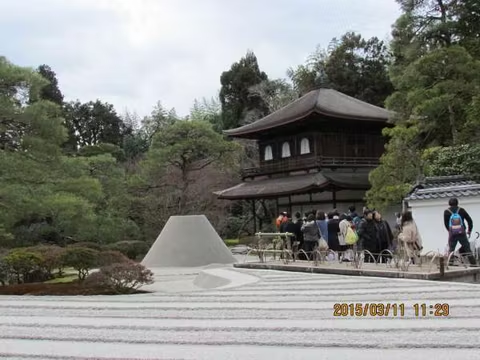
Ginkakuji, Philosopher's Path, Eikando and Nanzenji Temple
Kyoto
8 hours
I would like to take you to Ginkakuji, Plilosopher's Path, Eikando, and Nanzenji Temple. The another name for Ginkakuji is "Temple of Silver Pavilion" whlle that for Kinkakuji is called "Temple of Golden Pavilion." It is said that the Temple expresses "wabi sabi" or simple athetic values. The temple has a stroll-type pond garden, so you can enjoy a beautiful view from any angle. The steps are covered with moss on both sides.
FROM$298/ per group

Hideo Y.
4.61 / 5
(183 reviews)

Tour of Sanjyusangen-do Temple
Kyoto
2 hours 30 min
(Highlights) The 120-meter-long temple houses a total of 1,000 standing statues of "Kannon" (Goddess of mercy), her gigantic statue seated in the center of those images, two powerful and dynamic statues of "Fujin" Wind God and "Raijin" Thunder God at either side of the hall and 28 images of guardian deities protecting the "Kannon" deities and pious Buddhists who believe in her. The statues are made of Japanese cypress using the special technique . As there are thirty-three 2.5-meter-long spaces between the columns in the facade, the temple came to be called "Sanjyusangen-do" (a hall with 33 spaces between columns). (History) Officially called "Rengeo-in temple and designated as the National Treasure, it was originally established by the powerful warrior-politician Taira-no-Kiyomori in 1164. After the original temple building was burnt down 80 years later, the building was reconstructed in 1266 and it has remained unchanged to this day for some 700 years with four major renovations in that period. Among the 1,000 standing statues, 124 were made in the 12th century, when the temple was founded and the remaining 876, in the 13th century, when the temple was renovated. (How to enjoy) Walk on the corridor in the long hall seeing the statues, while smelling the delicate aroma of burning incense, and you will be amazed at the serene-looking faces of the images of "Kannon-sama". Just bring yourself to the mysterious and esoteric world of Buddhism. You will never end up not admiring the ancient sculpture-making technology and the enthusiasm of those who were engaged in the construction of the statues. I wish I could add the pictures of these magnificent images, but I can`t, since photo-taking is no allowed inside the hall. They tend to be ignored, but you cannot miss the two structures in the temple precincts: South Gate and roofed earthen fence both of which are connected with Regent Toyotomi Hideyoshi and reflect the aesthetics of the 16th century. (Others) The bus fare is 230 yen and the entrance fee is 600 yen.
FROM$72/ per group

Tatsuhiro N.
4.56 / 5
(62 reviews)
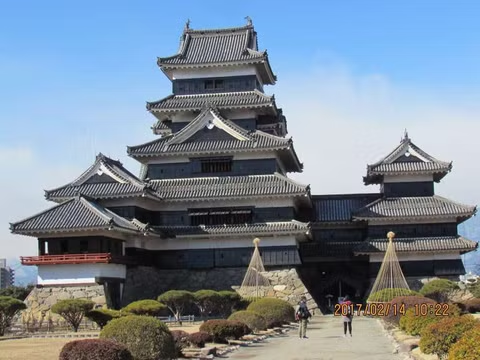
Matsumoto Golden Tour
Aichi
6 hours 30 min
I would like to guide you Matsumoto called little Kyoto. The typical scenic spots as the castle town of Matsumoto are the spectacular Matsumoto Castle, the Former Kaichi School, Timepiece Museum, Nawate dori shopping avenue with an old-style atomosphere, and Matsumoto City Museum of Art.
FROM$372/ per group

Hideo Y.
4.61 / 5
(183 reviews)
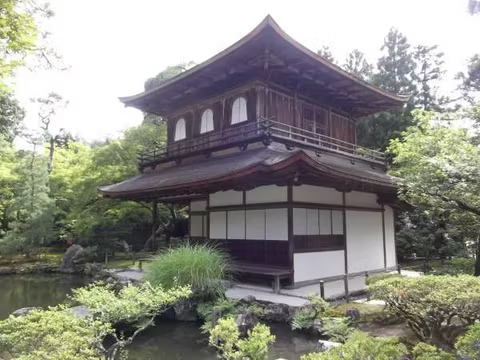
Tour of Ginkaku-ji Temple
Kyoto
3 hours 30 min
(Highlights) Originally built in 1482 by the eighth Shogun of the Muromachi Shogunate government, Ashikaga Yoshimasa, who spent his retirement days here, the temple is a Zen Buddhist temple belonging to the Shokokuji faction of Rinzaisyu sect of Buddhism, and is formally called Higashiyama- Jisyoji, named after his posthumous title. It is the place where Higashiyama Culture started after Kyoto was burnt down by an 11-year-long war between the two rival clans. The temple consists of 10 buildings, a garden, a pond, two wells and a lookout station, all of which forming a perfect combination of splendid man-made structures and the beautiful nature. (How to enjoy) After getting off the bus, go back a little bit and walk on the uphill road leading to the "Somon" gate, go through it and walk on the "Sando" approach of sand, on both side of which are hedges made of stones and bamboo and camellia trees, toward "Nakamon" middle gate, the main entrance to the magnificent courtyard. Once inside the temple precincts, walk on the paths in accordance with the directions. You will see all sorts components making up the beauty of Japanese gardens and structures standing among them. The main building, Ginkaku-ji Temple itself is, needless to say, will be your main focus of attention. The place attracts visitors all the year round, but the snow-capped temple building in winter, in particular, will be a joy to your eyes. (Transportation and entrance fee) The temple is some 45-minute bus ride from JR Kyoto station for a fee of 230 yen and the entrance fee is 500 yen. (Other pleasures) After you get out of the temple compound, walk along the "Tetsugaku-no-michi" (Path of Philosophy) for about 30 minute and you will get to Nanzen-ji Temple, famous for its splendid gate.
FROM$107/ per group

Tatsuhiro N.
4.56 / 5
(62 reviews)
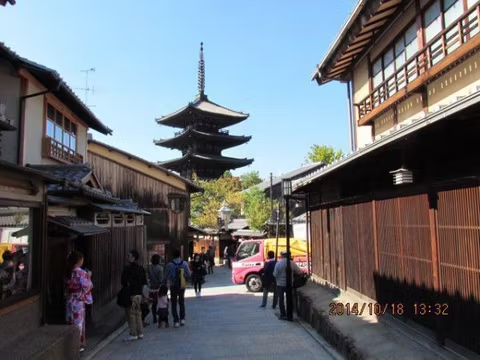
Kyoto Higashiyama (Kiyomizu, Kodaiji, Gion, Kenninji)
Kyoto
8 hours
I would like to introduce you Higashiyama, the east area of Kyoto. I will take you to Kiyomizu Temple, Sannenzaka slope, Koshindo, Kodaiji Temple, Yasaka Shrine and Gion area. Lastly we visit Kenninji Tenple. It s the first Zen temple in Kyoto. The temple possesses many important work of art including the ceiling painting "Soryuzu", or "twin dragons", and a ceramic replica of the famous "Wind and Thunder Gods."
FROM$298/ per group

Hideo Y.
4.61 / 5
(183 reviews)
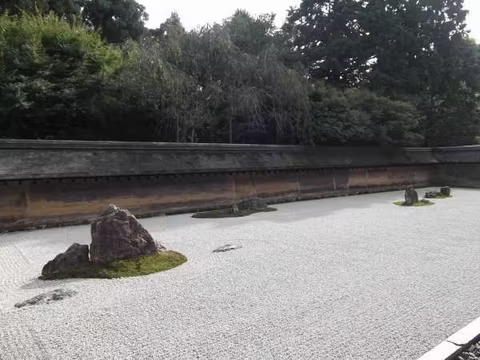
Tour of Ryoanji Temple
Kyoto
3 hours 30 min
(History of the temple) Originally a country house of the powerful Tokudaiji Clan, it was acquired in 1450 by a high-ranking official of the Muromachi Shogunate government, Hosokawa Katsumoto, for use as a Zen training temple. Later, It was formally established as Ryoanji Temple by the head priest of nearby Myoshinji temple. It was burnt down during the "Onin" War (1467 to 1478), but rebuilt some 20 years later by Hosokawa`s son. It was again met by fire in 1797 and some of the buildings in the precincts were lost. The present main hall, "Hojo", was then transferred to the present location from another site of the temple. (Highlights) Along with the gardens, paths and a large pond amid the rich greenery, this temple is well-known for its rock garden called "Kare-sansui" consisting of no more than white gravel and 15 rocks, large and small. The rocks and sand are said to represent mountains and water, respectively, making a striking contrast to the concept of traditional Japanese gardens which emphasizes the beautiful combination of trees, rocks and pond. The rectangular garden, measuring 25 meters from east to west and 10 meters from north to south, is said to have been created by a highly respected Zen monk at around 1500. The meaning of this extremely symbolized rock garden is shrouded in mystery, leaving the interpretation to the imagination of visitors. The roofed earthen wall is also remarkable. It is made of clay boiled in rapeseed oil and its color has been subtly changed by the seeping of oil as time went by. (How to enjoy) No word is necessary. Just get inside the "Hojo" main hall, look around, sit down on the edge of the corridor and have a look at the "miracle garden". You can also enjoy strolling along the paths in the spacious compound and viewing the large pond as you walk, where a large flock of mandarin ducks were to be seen until quite recently . (Others) The bus fare is 460 yen on both ways and the entrance fee, 500 yen.
FROM$107/ per group

Tatsuhiro N.
4.56 / 5
(62 reviews)
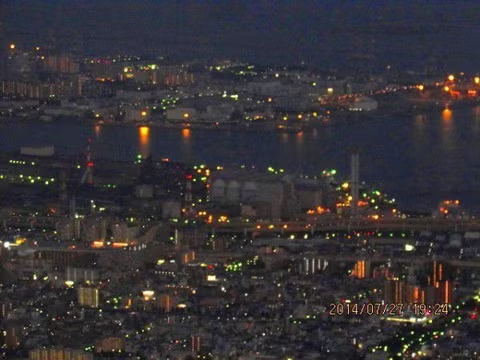
KOBE 10 Million Dollar Night Scene
Kobe
4 hours 30 min
Kobe's night scenery has charmed so many tourists that it ranks itself among the top three in Japan. The spectacular view of Kobe from Mt.Rokko and Mt.Maya is often called the "10 Million Dollar Night Scene."
FROM$179/ per group

Hideo Y.
4.61 / 5
(183 reviews)

Tour of Ninnaji Temple
Kyoto
3 hours
(History of the temple) In the Heian period (794 to 1191), the 58th emperor of Japan, Emperor Koukou, started to build a temple then known as Nishiyama-Goganji. In the year of 888, Emperor Utada, taking over the wishes of his predecessors, completed the construction of the temple, which is now called the Temple of Ninnaji. After he resigned from his position, he became a priest and resided in this temple and underwent training under the doctrine of "Shingon-Mikkyo" esoteric Buddhism. Afterwards, head priests of this temple had been the members of the Imperial Family and it had been popularly called the "Omuro-Gosho" Imperial Palace until the Meiji Restoration of 1868. Designated as the UNESCO World Cultural Heritage Site in 1994, it is the "Sohonzan" head temple of the "Omuro" faction of the "Shingonshu" sect of Buddhism. (Highlights) This temple consists of a total of 23 buildings and gardens amid the rich greenery arranged in perfect harmony in the spacious enclosure, with many of them designated as the Important Cultural Asset. There is the magnificent "Nio-mon" gate at the entrance to this temple, a splendid, tall, five-storied pagoda, beautiful landscaped gardens, large tatami-matted rooms with wall paintings, a Buddha image, and so on. All these beautiful structures make us sigh with amazement. (How to enjoy) Just walk in the temple precincts following the guidance of the leaflet. You can enjoy seeing the marvelous buildings and beautiful wall paintings inside "Hakushoin" and "Kokushoin" halls. You can relax sitting on the veranda of "Shinden" Great Hall, while looking at the garden consisting of white gravel and a pond. You can really feel the aura of a great temple constructed with the superb ancient technique. (Others) The entrance fee is 500 yen and the bus fare is 460 yen on both ways. "Kannondo" Hall is now undergoing repairs which will take some three years to complete.
FROM$107/ per group

Tatsuhiro N.
4.56 / 5
(62 reviews)

Takayama (Little Kyoto)
Nagoya
6 hours
Takayama is called a little Kyoto. It is situated in a narrow and flat land surrounded by high mountains. Developed after a Kyoto-style town-planning scheme under the administration of Lord Takayama in 1600s, the town is divided into three areas such as Samurai houses, Buddhist Temples and merchants' quarters. I would like to take you to Takayama Jinya, Kami-sannomachi avenue, and Yatai Floats Museum. Your eEntrance fee is about 1,300JPY /person.
FROM$232/ per group

Hideo Y.
4.61 / 5
(183 reviews)